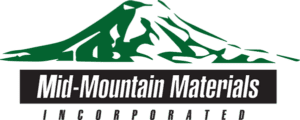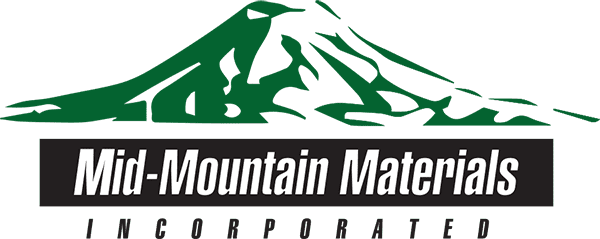Many industries rely on high-quality exhaust ducts for commercial and industrial systems, including chemical processing plants, HVAC systems, industrial chimneys and more. It is crucial that exhaust ducts are highly resistant to chemicals and corrosion, can withstand high temperatures and pressures, and have a long service life to keep operations running efficiently with minimal issues. Exhaust ducts were typically manufactured with metals such as stainless steel, but one option gaining popularity is silicone-coated textiles.
Silicone-coated textiles are fabrics that have been coated with a layer of silicone on both or either sides, and they are quickly being favored over traditional materials. The silicone layer acts as a protective coating that provides several advantages to the textile’s applications, including durability and high chemical resistance and can be easily engineered for exhaust ducts. As we move on, we explore what silicone-coated textiles are, their benefits and the fabrication process.

Smoke exhaust gas emissions from large cargo ship. Marine diesel engine exhaust gas from combustion.
Advantages of Using Silicone-Coated Textiles in Exhaust Ducts
Silicone-coated textiles are becoming a suitable option for exhaust ducts because they have several key benefits over traditional materials. They are lightweight, which makes them easy to transport, install and maintain, and this benefit has a knock-on effect on price. As a result, silicone-coated textiles are also cost-effective.
Durability
It’s no secret that silicone-coated textiles are durable and offer a longer lifespan than many traditional materials. This is because of their resistance to abrasion, chemicals, high pressure and temperatures, as well as good resistance to wear and tear.
Flexibility
The flexibility of silicone-coated textiles comes from the elastomeric properties of silicone polymers.1 This makes them ideal for various applications, including mechanical insulation, ,thermal barriers, and other components for harsh environments.
Resistant to Multiple Factors
We have briefly mentioned that silicone is highly resistant to many environmental factors, including chemicals, corrosion, general wear, high temperatures, and UV. These properties significantly impact any application silicone-coated textiles are used in, as it provides durability, enhances safety measures and ensures machinery works more efficiently for longer periods of time.
A Brief Outline of How Exhaust Ducts Are Made
Exhaust ducts, often called ‘ducting’, can be fabricated easily with silicone to offer an enhanced component in industrial systems. The first step requires the material to be cut accurately to the desired shape and size. The following step is called ‘seaming’, in which the edges of the material are joined together with silicone adhesive to create an airtight seal in the ductwork. To finalize the product, any required fixtures are added to the duct.
Where Can I Purchase Silicone-Coated Textiles?
Mid-Mountain produces a range of silicone-coated fabrics and textiles for various industries and applications. Under our ARMATEX® range, these materials are manufactured for harsh environments where chemical and abrasion resistance is necessary, and the textiles must withstand high temperatures, pressures and fires. Aside from their use in exhaust ducts, silicone-coated textiles are often used as pad insulation, thermal insulation barriers and protection from slag and weld spatter in industrial applications.
To understand more about the benefits of silicone-coated textiles and why they are used in exhaust ducts, contact a Mid-Mountain team member today.
References
- https://www.sciencedirect.com/topics/materials-science/silicone-coating

